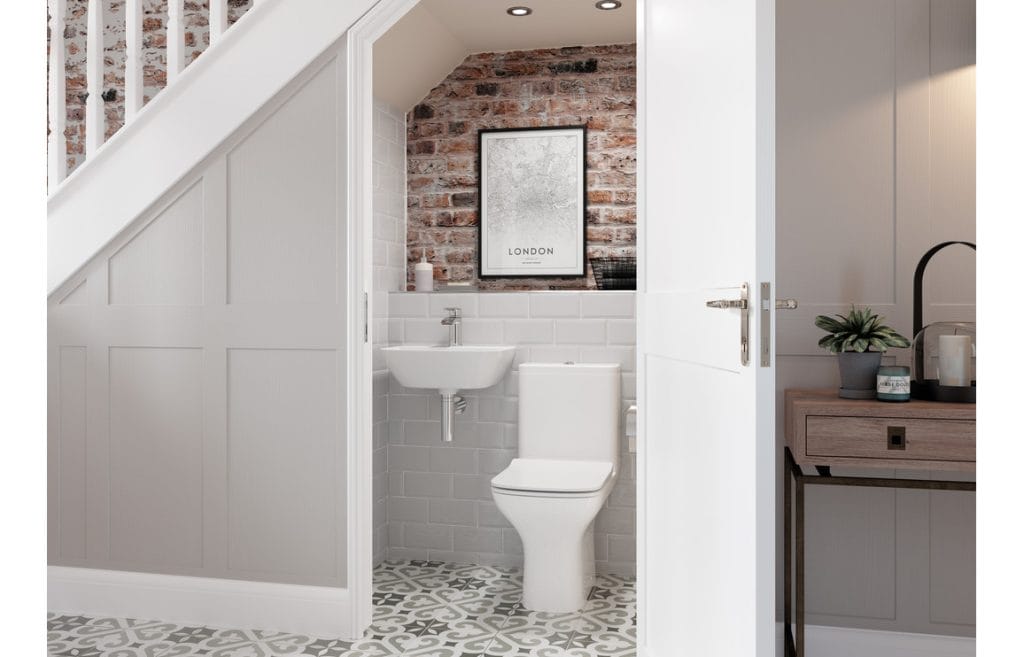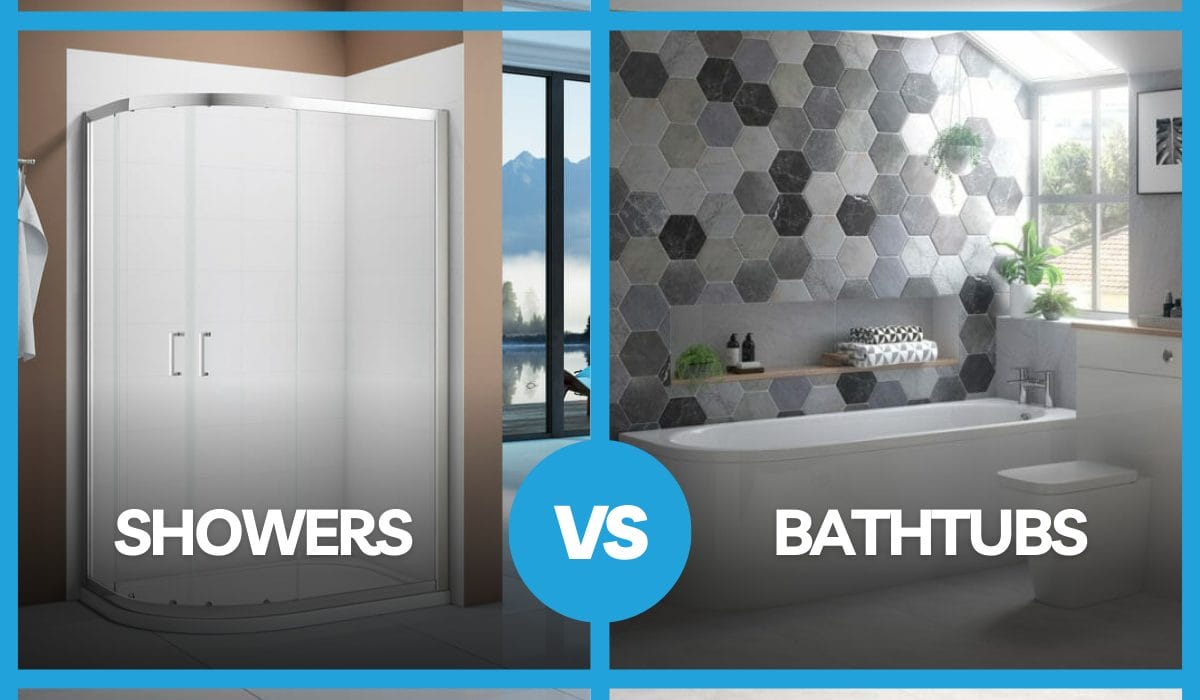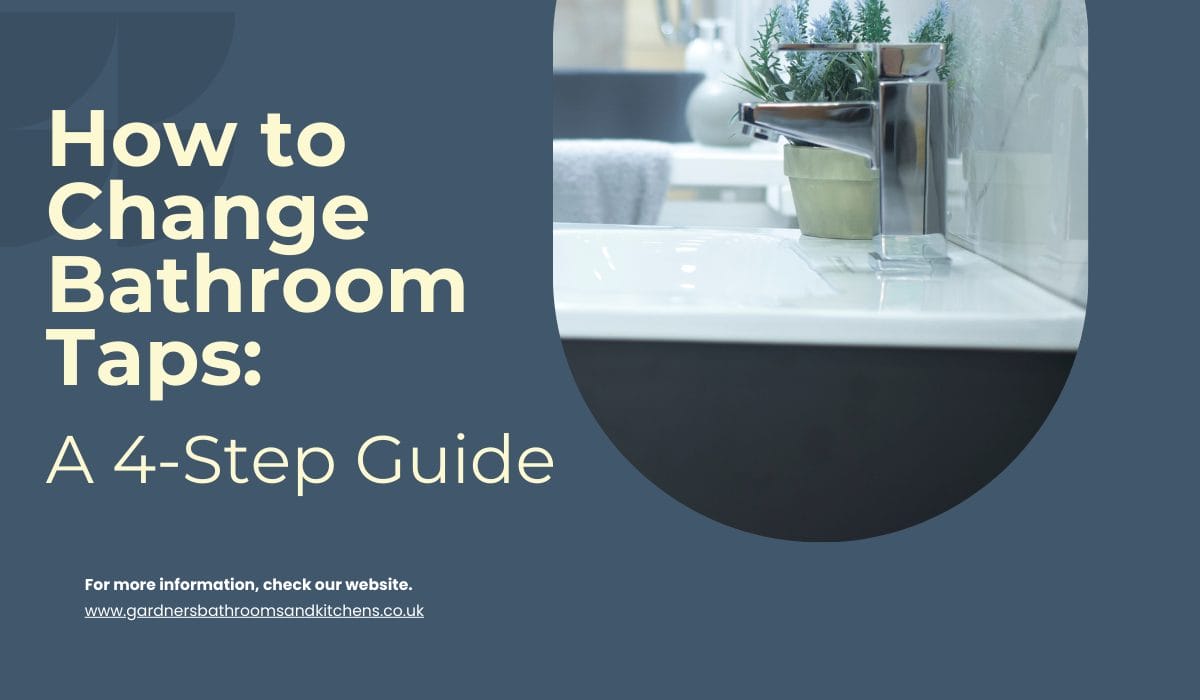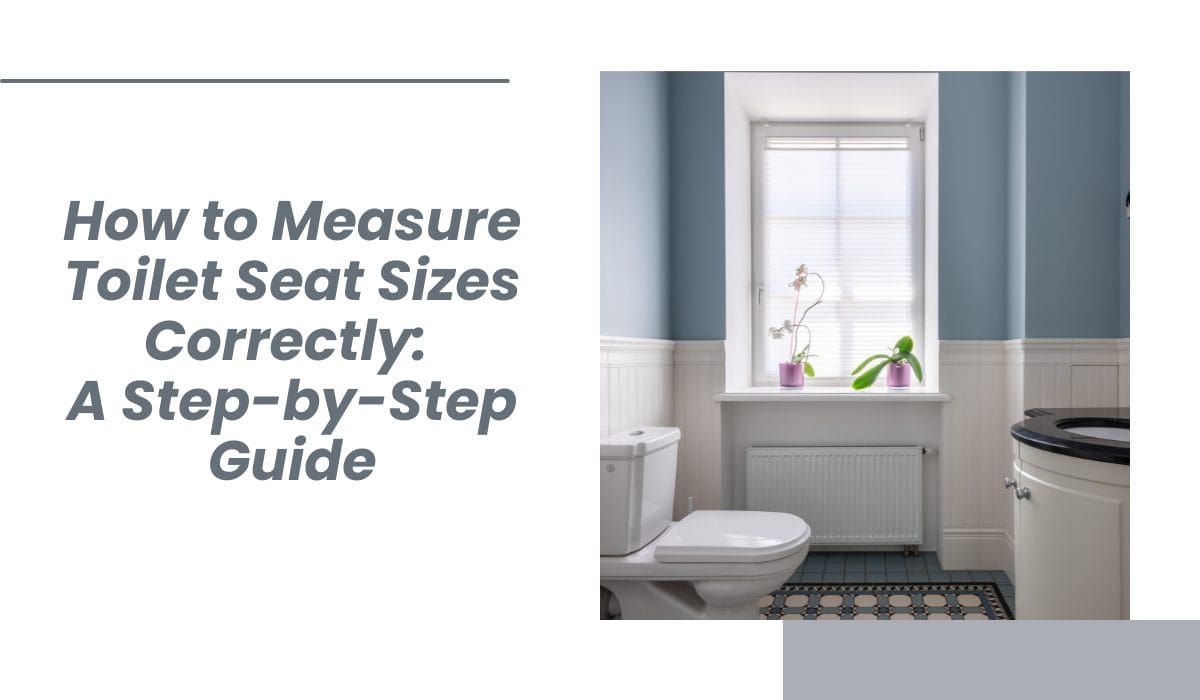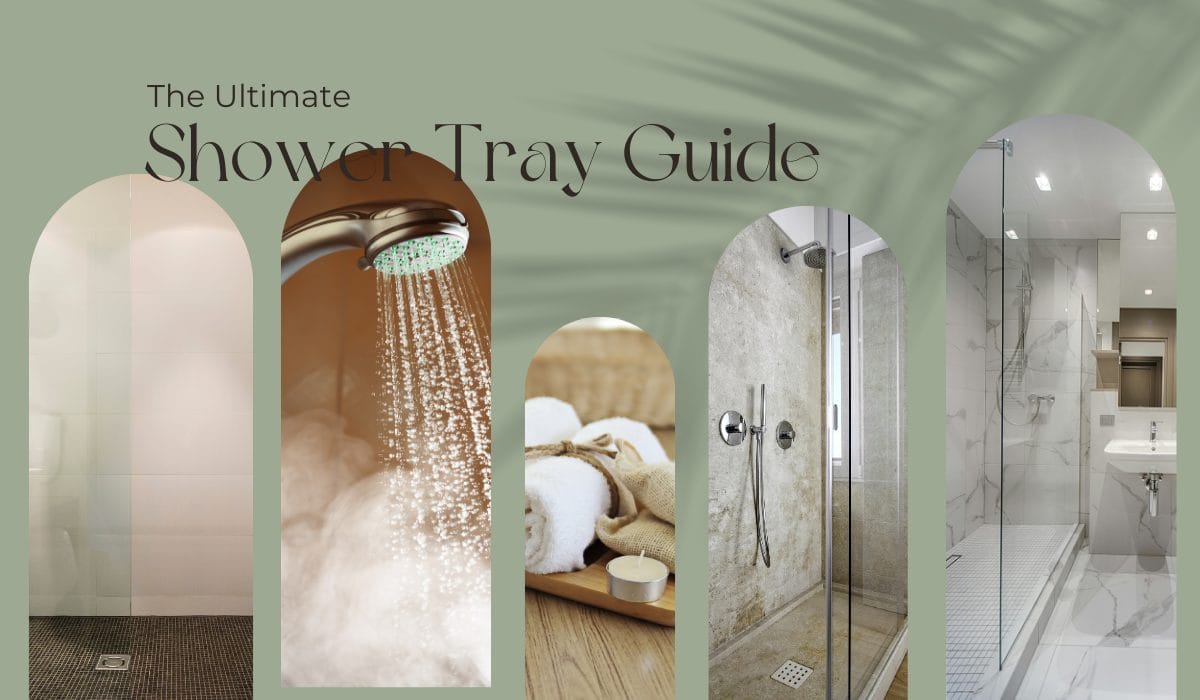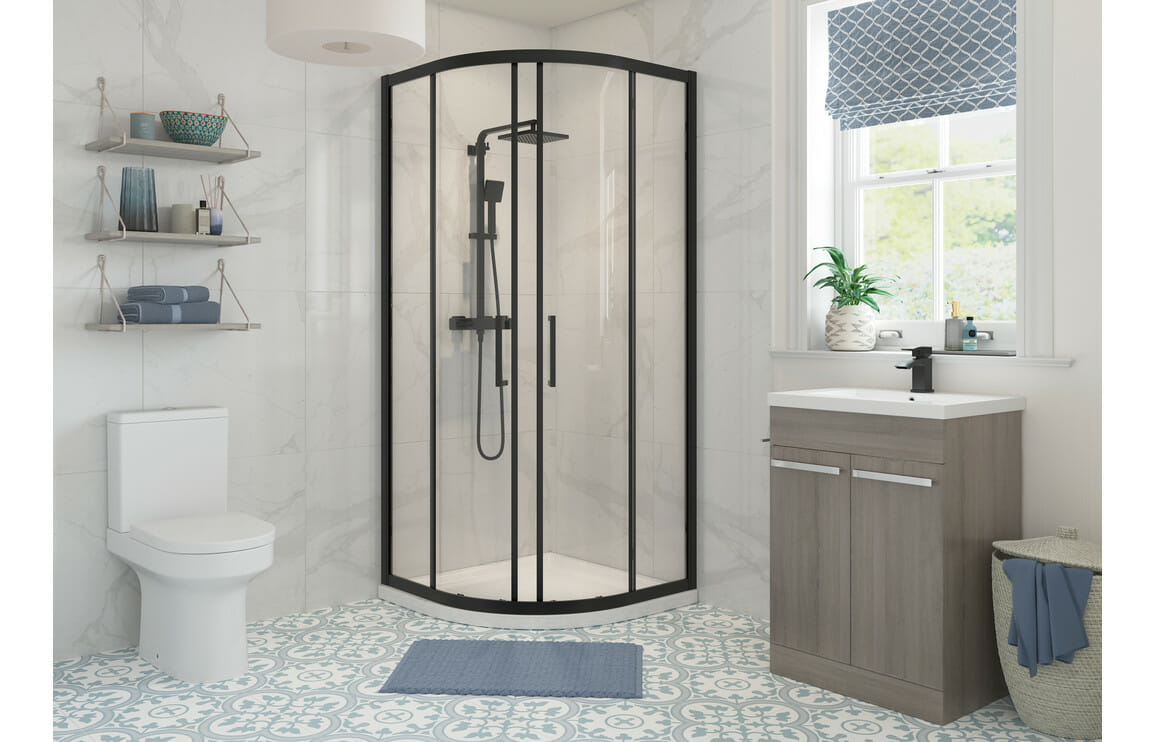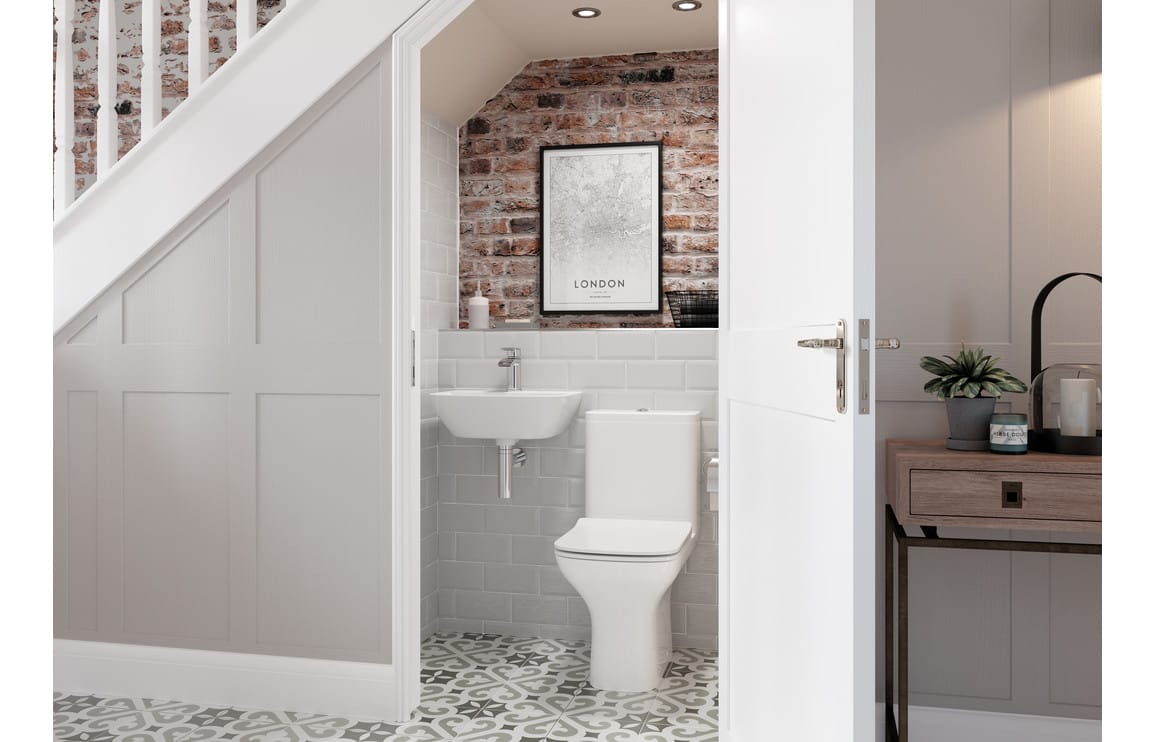Close Coupled Toilets Or Back To Wall Toilets What Should You Choose?
Feeling stuck between a rock and a hard place when it comes to choosing a new toilet for your bathroom? The decision can be as tricky as walking through a minefield with so many options to consider.
But fear not, as we’re here to help you navigate through the labyrinth of toilet choices. Whether you’re leaning towards a close coupled or a back to wall toilet, there are vital factors you’ll want to weigh before making your decision.
Stick around to uncover the nuances of each type and gain clarity on which one might just be the perfect fit for your home.
Pros and Cons of Close Coupled Toilets
When considering toilet options, close coupled toilets offer a popular and convenient choice for many homeowners. The cistern sits directly on top of the pan, with the pipes hidden within the casings, giving it a compact and seamless appearance. This style is well-suited for small or awkward spaces due to its space-saving design.
The price range for close coupled toilets varies from £60 to £500, making it an affordable and practical option. However, one drawback is that it may be slightly more challenging to clean compared to other styles due to the close proximity of the cistern to the pan.
Despite this, the ease of installation and the wide price range make close coupled toilets a practical and attractive option for many households.
Advantages and Disadvantages of Back to Wall Toilets
Back to wall toilets offer a space-saving and contemporary solution for modern bathrooms. One of the main advantages of these toilets is their sleek and tidy appearance. With the cistern concealed within a furniture unit or the wall, back to wall toilets provide a clean and uncluttered look, making them easier to clean and maintain. Additionally, the concealed cistern creates a sense of space in the bathroom, making it feel larger and more open. This can be particularly beneficial in smaller bathrooms where space is at a premium.
However, there are some disadvantages to consider. Back to wall toilets may require professional installation, especially if the cistern needs to be concealed within the wall. This can add to the overall cost of the toilet. Additionally, accessing the cistern for maintenance or repairs may be more challenging with a back to wall toilet compared to a more traditional model.
It’s essential to weigh these factors against the aesthetic and space-saving benefits when considering a back to wall toilet for your bathroom.
Comparison of Space and Installation Requirements
To compare the space and installation requirements of close coupled, back to wall, and wall-hung toilets, consider the dimensions and mounting options for each style.
Close coupled toilets typically require a gap of at least 80cm tall, 36-38 cm wide, and between 61-68 cm deep. They’re quick and easy to install.
Back to wall toilets have dimensions ranging from 37-43 cm tall, 35-41 cm wide, and 47-56 cm deep. They offer a space-saving and contemporary solution, with the cistern concealed within furniture or the wall which can take up less floor space and the pipework is hidden as the cistern is concealed. Combine this with a soft close seat and you’ll have the perfect modern toilet.
Wall-hung toilets vary in dimensions but are generally the most compact and require mounting onto a wall frame for stability. They create a sleek and modern look, ideal for small bathrooms or for people with limited mobility. Additionally, wall-mounted toilet installation is easier in new or remodelled bathrooms.
Investing in a good quality toilet with a concealed cistern can create the illusion of space in the bathroom, particularly with back to wall or wall-hung styles.
Design and Aesthetics Considerations
Consider the overall design and aesthetic appeal of your bathroom when choosing between close coupled, back to wall, or wall-hung toilets. The design of your bathroom plays a significant role in determining which type of toilet will best suit your space.
If you prefer a traditional look, the close coupled toilet with its classic appearance and compact design might be the best choice.
On the other hand, if you desire a more modern and sleek aesthetic, a back to wall toilet with its concealed cistern and neat, tidy look could be the ideal option. You could look at the rimless toilet option as it provides an easy to clean solution and modern look.
For those seeking a truly contemporary and minimalist style, the wall-hung toilet, with its suspended design and concealed cistern, creates an illusion of space and provides a clean, uncluttered appearance.
Ultimately, your choice should align with your personal taste and the overall design scheme of your bathroom, ensuring that the toilet not only functions well but also contributes to the visual appeal of the space.
Maintenance and Cleaning Factors
When considering maintenance and cleaning of different toilet options, it’s important to assess the accessibility of key components for regular upkeep. Close coupled toilets typically have easily accessible cisterns and internal components, making them relatively easy to maintain and clean. The design allows for straightforward access to the flush mechanism and other parts, simplifying maintenance tasks.
Back to wall toilets, on the other hand, often have the cistern concealed within a furniture unit or the wall. While this creates a sleek and tidy appearance, it may make access for maintenance and repairs more challenging. Additionally, the concealed nature of the cistern and pipes may require extra effort for thorough cleaning.
Wall-hung toilets, with their suspended design, offer easy access to the floor beneath the bowl, simplifying cleaning tasks. However, accessing the concealed cistern within the wall may be more complex and could require professional assistance for maintenance.
Consider these accessibility factors when choosing a toilet to ensure that maintenance and cleaning are manageable tasks in the long run.
Frequently Asked Questions
What Are the Differences in Water Usage Between Close Coupled and Back to Wall Toilets?
Close coupled toilets typically use more water per flush compared to back to wall toilets. They have a visible cistern and a direct connection to the pan, leading to a higher water consumption.
Can a Back to Wall Toilet Be Installed in an Older Bathroom With Limited Space?
Yes, a back to wall toilet can be installed in an older bathroom with limited space. It offers a space-saving and contemporary solution, making it suitable for various bathroom layouts and designs.
Are There Any Specific Recommendations for the Type of Flooring That Works Best With a Wall-Hung Toilet?
For a wall-hung toilet, opt for sturdy and durable flooring like ceramic or porcelain tiles. These materials can support the weight of the toilet and provide a stable foundation for installation.
What Are the Potential Drawbacks of a Concealed Cistern in Terms of Maintenance and Repairs?
Concealed cisterns can make maintenance and repairs more challenging due to limited accessibility. You’ll need to remove the casing or furniture unit to access the cistern, potentially leading to more time and effort for fixes.
Are There Any Specific Considerations for Choosing a Toilet Based on the Height and Needs of the User?
Consider the user’s height and mobility needs when choosing a toilet. A wall-hung toilet’s adjustable height is ideal for those with specific requirements. It creates a modern look and the illusion of space, making it suitable for small bathrooms.
Conclusion
So, which toilet should you choose?
It ultimately depends on your specific needs and the layout of your bathroom. Close coupled toilets offer easy installation and maintenance, while back to wall toilets provide a sleek and modern look.
Consider your space, installation requirements, and design preferences before making a decision.
With these factors in mind, you can confidently choose the toilet that best suits your lifestyle and bathroom needs.

